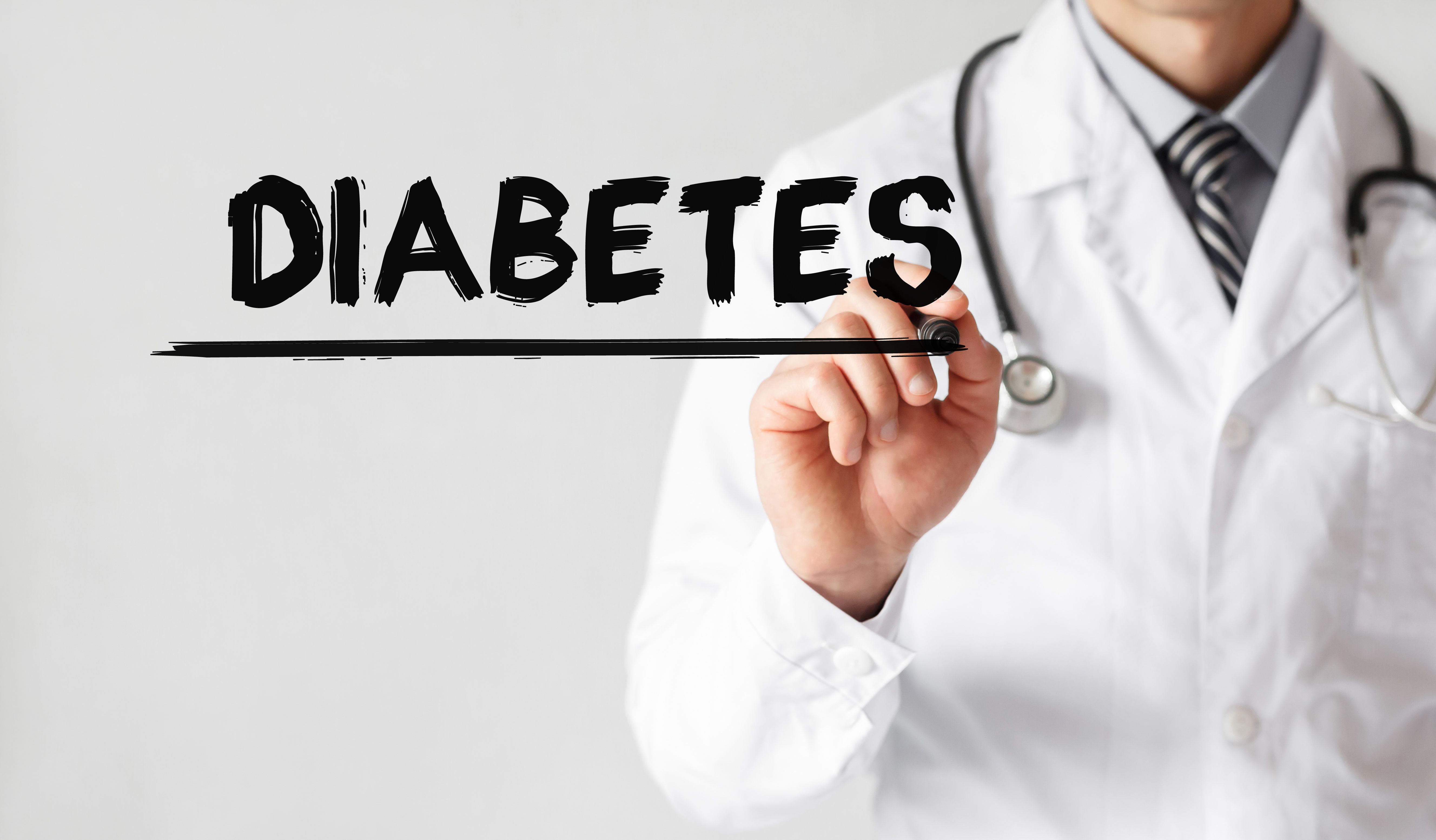Sarilumab Shows Efficacy in Controlling Blood Glucose Levels for Rheumatoid Arthritis Patients with Diabetes
Patients with rheumatoid arthritis and diabetes saw greater improvement in blood glucose levels with sarilumab than adalimumab or placebo, shows a study spresented at Clinical Congress of Rheumatology West held in San Diego last month.
(©Michael Petrov, AdobeStock)

Positive impacts of sarilumab on HbA1c and fasting glucose could offer additional guidance for the treatment of patients with rheumatoid arthritis and diabetes, according to a recently published study.
The study compared the impact of sarilumab, adalimumab, and placebo on patients with rheumatoid arthritis and diabetes. Results were discussed at the Clinical Congress of Rheumatology West held in San Diego last month.
To determine the effect on sarilumab on HbA1c, researchers completed a post hoc analysis of two, 24-week trials - TARGET and MONARCH. The TARGET trial compared two sarilumab doses - 150mg and 200mg doses every two weeks - to a placebo in patients who were either intolerant of or inadequately responded to anti-TNF treatment. As a monotherapy trial, MONARCH analyzed 200 mg biweekly sarilumab compared with 40mg biweekly adalimumab in patients who couldn’t tolerate or who responded poorly to methotrexate and who were also biologic DMARD-naïve.
Investigators determined patients with rheumatoid arthritis and diabetes saw greater HbA1C improvement with sarilumab than adalimumab or placebo, and, with monotherapy, patients with higher baseline interleukin-6 levels saw the greatest differences between sarilumab and adalimumab treatment. This result could be used to alter clinical actions, they said.
All total, 915 patients participated in the study. The TARGET study contributed 546, including 67 (12.3 percent) who had diabetes, and MONARCH contributed 369, including 26 (7 percent) who had diabetes. Researchers defined diabetes by a medical history of the condition or associated use of anti-diabetic treatments.
According to data analysis, all three groups demonstrated changes from baseline in HbA1c at 24 weeks. The average change, in TARGET participants, with either 150mg or 200 mg sarilumab was -0.24 percent and -0.44 percent, respectively, compared to a 0.23-percent increase with placebo. MONARCH patients experienced an average 0.28-percent drop with sarilumab compared to an average 0.15-percent rise with adalimumab monotherapies.
Based on results, patients with baseline interleukin-6 greater than 37.5 pg/mL who were treated with sarilumab experienced bigger reductions in HbA1C than those with lower baseline interleukin-6, -0.27 and -0.13, respectively. No interaction between HbA1c and baseline glucocorticoid use was observed.
REFERENCE
Genovese, M., et. al., Effect of Sarilumab on Glycosylated Hemoglobin in Patients with Rheumatoid Arthritis and Diabetes, Annals of Rheumatic Diseases, Clinical Congress of Rheumatology West 2019, Oct. 2, 2019, dx.doi.org/10.1136/annrheumdis-2019-eular.3259